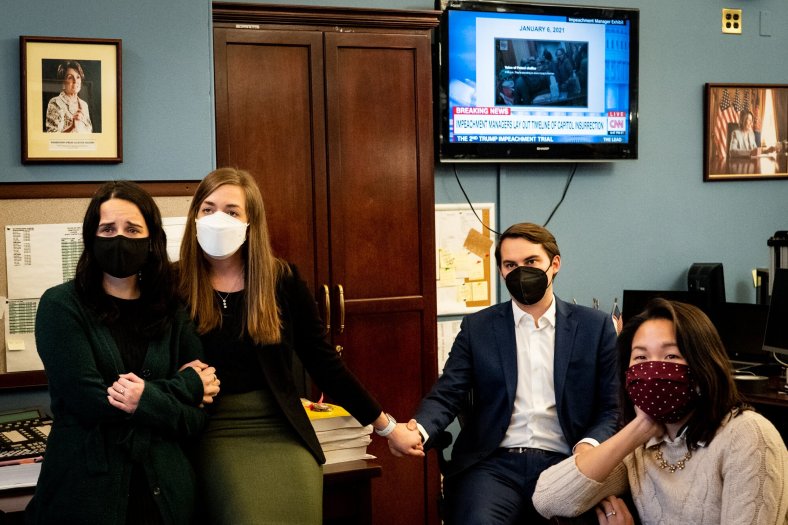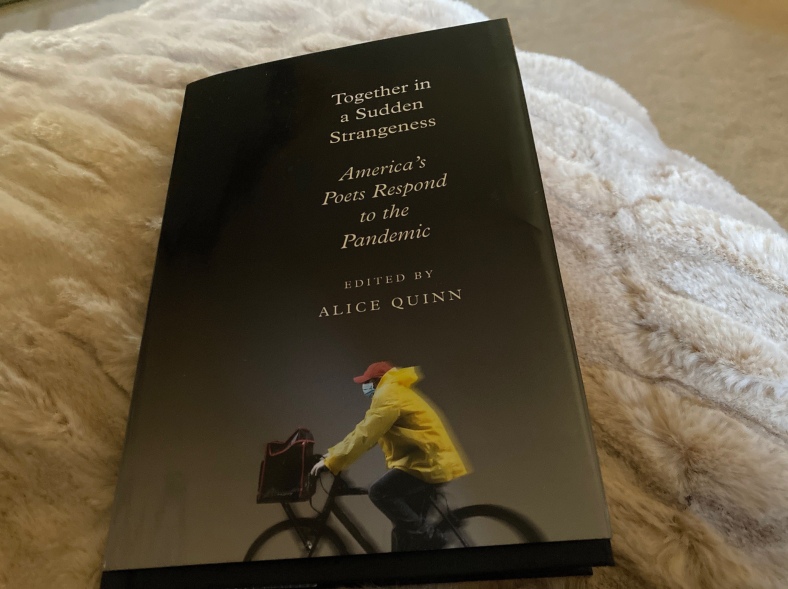This is what workplace violence looks like.
Erin Schaff’s photo published in The New York Times online edition on February 11, 2021, captured the reaction of House Speaker Pelosi’s staff as they watched video evidence of the January 6 insurrection.
Nine months later, the image still haunts me.
I don’t know their names or their titles, so I cannot tell their personal stories. But I’ve known their predecessors, who like them, turned down post-grad offers on Wall Street and in prestigious law firms to serve their country with little recognition and minimal compensation.
These folks were at their desks, doing their best to serve the American people on January 6, 2021.
A month later, they were back @work, watching the videos obtained by congressional impeachment managers. “The humming rhythms of Capitol Hill do not easily allow for prolonged moments of reflection, let alone in the aftermath of an insurrection.” A quote that could describe most Americans, caught up in the challenges and rhythms of their daily pandemic lives.
What would a close-up of Speaker Pelosi’s staff record today? I’m guessing intense focus on the work of passing two historic pieces of legislation.
I wonder what they think of the journalists who continue to search for truth. Was Sunday a difficult day as they awoke to the headline reporting of ‘The Attack’ in the Washington Post?
Violence in the workplace is a continuum. You may choose not to let it define you. But it’s always there.
At the end of the day, it’s not the politicians and the pundits who maintain our democracy, but the courage of interns and staffers in Washington D.C. whose problem-solving commitment to constituents keep this country on track.
Today, election day, step away from the analysts and consider the world of the young idealists of Capitol Hill with gratitude.


